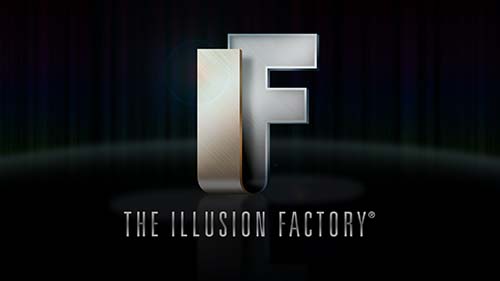In August 2018, during a Telegram chat of ETH developers and entrepreneurs, the term DeFi came into being. It stands for Decentralized Finance which sits atop an ecosystem of financial applications being built with blockchain technology.
DeFi is non-custodial. As a distributed network allow people to have control of their own assets and data and for value to be transferred from one individual to another while bypassing all intermediaries like banks or other financial institutions. Keys to the wallet are solely controlled by the user to access their wallets and control their funds. DeFi apps are “non-custodial,” as they do not have control of your assets —you do.

There are no borders to this parallel financial system. It is like the internet, but instead of information being transferred globally, seamlessly and creatively, the same is happening with money. It’s an internet of value.
The code for these applications is open for anyone to see and inspect. This important because anyone is able to verify how the applications and protocols work, and track exactly where their money is.
Defi is built on open source code to accelerate innovations, aptly nicknamed “money Legos,” in their ability to push code based systems to heightened performance with subsequent innovations.

Decentralization is a key component of DeFi. The platforms are created to be managed by a community of users, rather than any central control. The multiple nodes running on independent users across the globe making it almost impossible to censor or control them. Users become owners of their financial applications; they’re able to participate in major decisions, including proposing changes, themselves, and benefit from their growth and success. No centralized party can unilaterally take control of funds or change the rules of the game. It is often referred to as Open Finance because any user with an internet connection and a blockchain address can access it. Since developers work to keep control of their application, most DeFi applications are only mostly decentralized so that developers can stay on control of the code in their growing app and maintain a consistent quality control.







